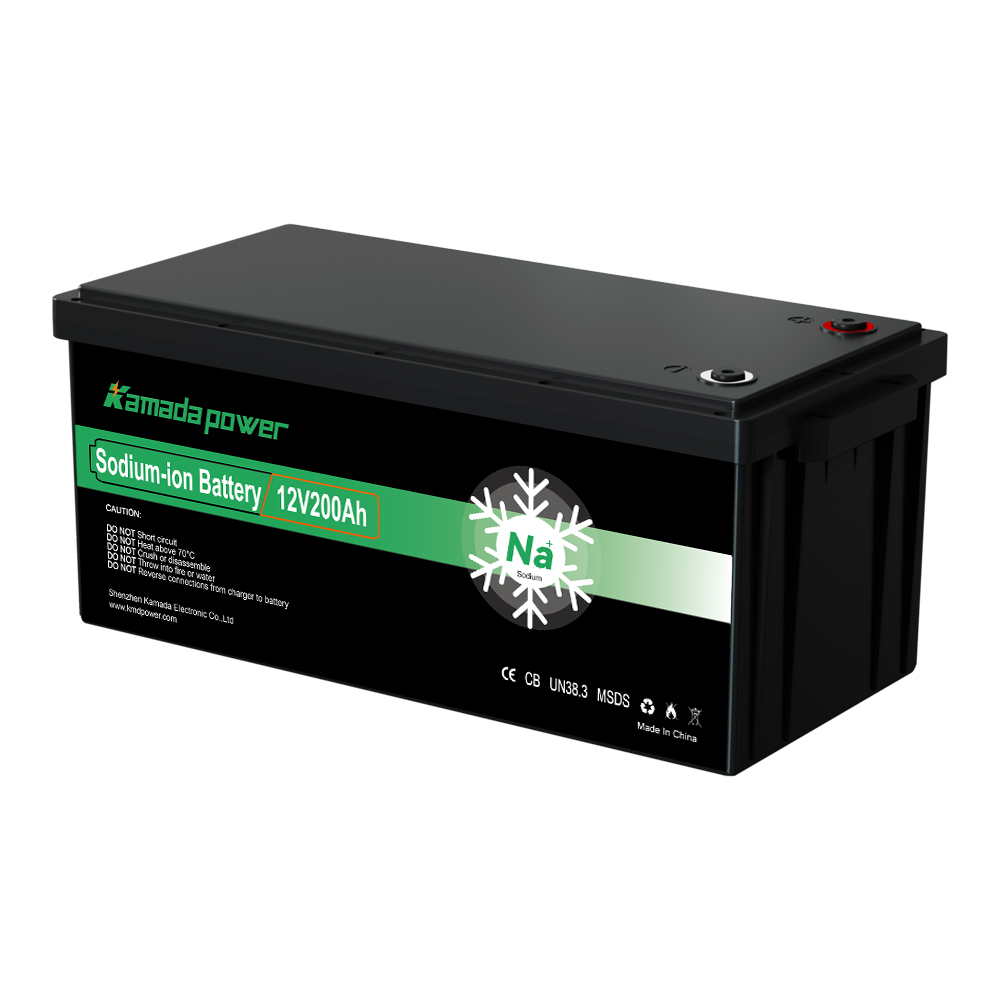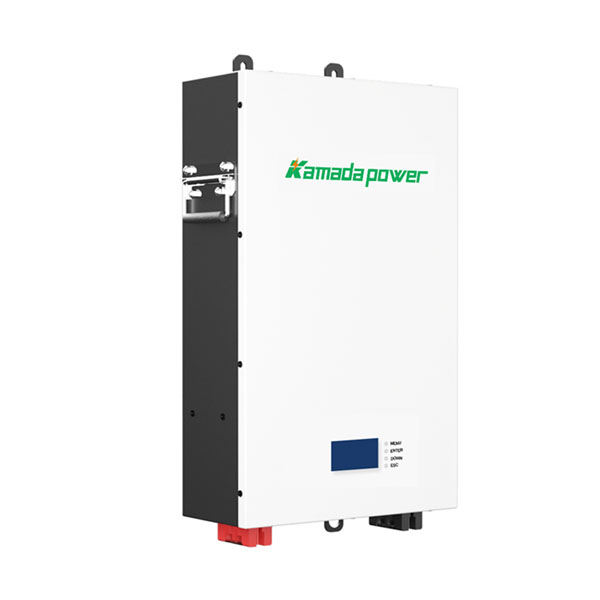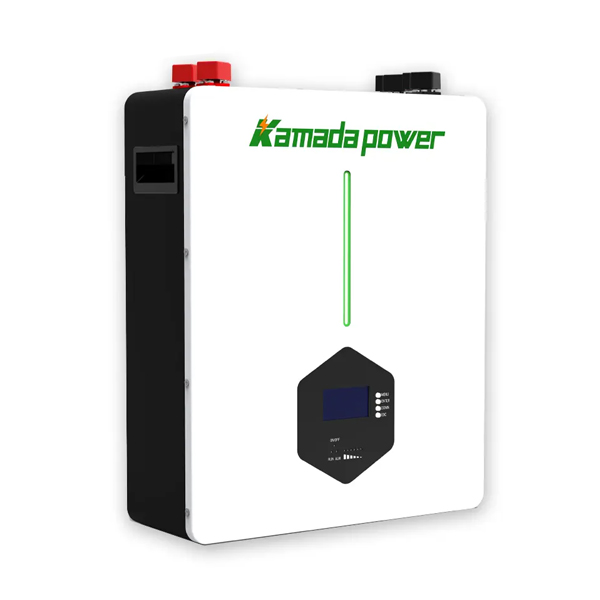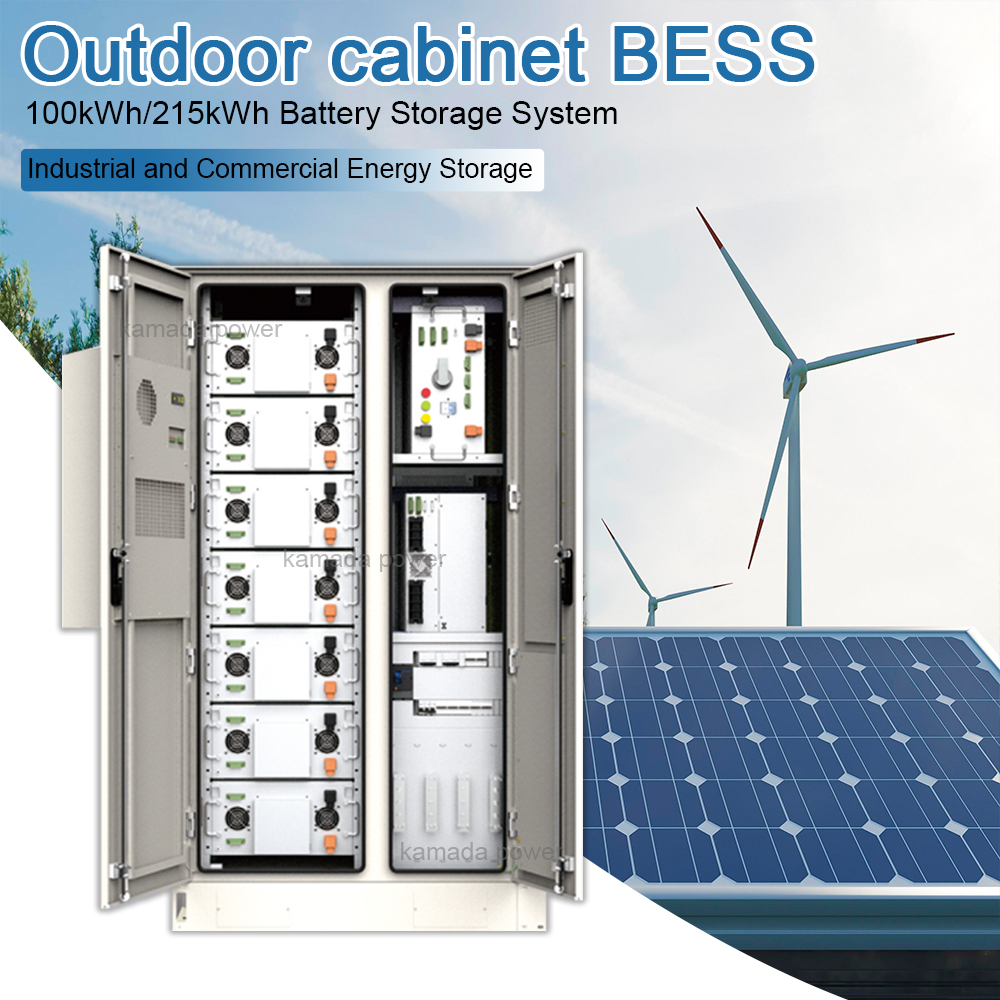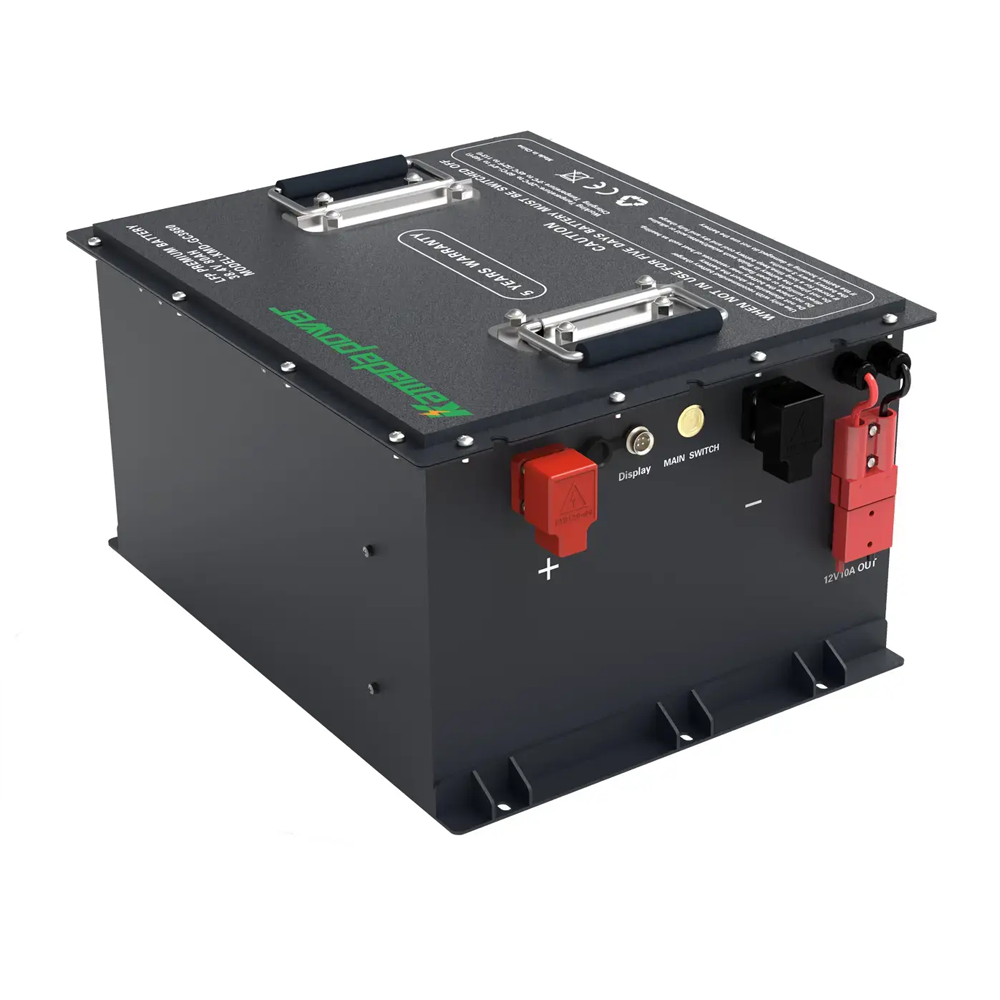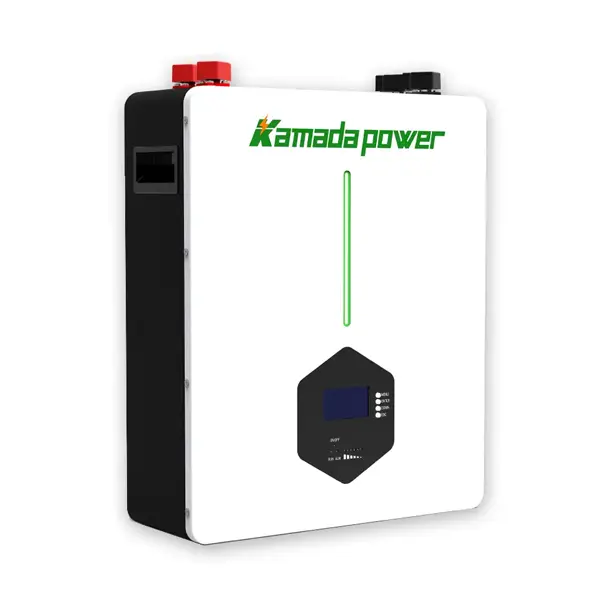Introduction
lithium batteries, particularly those with a capacity of 200Ah, have become essential in various applications such as home energy storage systems, off-grid setups, and emergency power supplies. This comprehensive guide aims to provide detailed information on the usage duration, charging methods, and maintenance of a 200Ah lithium battery, ensuring optimal performance and longevity.
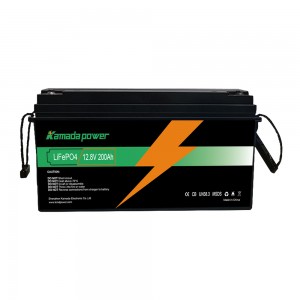
Usage Duration of a 200Ah Lithium Battery
Usage Time for Different Appliances
To understand how long a 200Ah lithium battery can last, you need to consider the power consumption of the devices you intend to use. The duration depends on the power draw of these devices, typically measured in watts (W).
How Long Does a 200Ah Lithium Battery Last?
A 200Ah lithium battery provides 200 amp-hours of capacity. This means it can supply 200 amps for one hour, or 1 amp for 200 hours, or any combination in between. To determine how long it lasts, use this formula:
Usage Time (hours) = (Battery Capacity (Ah) * System Voltage (V)) / Device Power (W)
For instance, if you’re using a 12V system:
Battery Capacity (Wh) = 200Ah * 12V = 2400Wh
How Long Will a 200Ah Lithium Battery Run a Refrigerator?
Refrigerators typically consume between 100 to 400 watts. Let’s use an average of 200 watts for this calculation:
Usage Time = 2400Wh / 200W = 12 hours
So, a 200Ah lithium battery can power an average refrigerator for about 12 hours.
Scenario: If you are in an off-grid cabin and need to keep your food fresh, this calculation helps you plan how long your refrigerator will run before the battery needs recharging.
How Long Will a 200Ah Lithium Battery Run a TV?
Televisions generally consume around 100 watts. Using the same conversion method:
Usage Time = 2400Wh / 100W = 24 hours
This means the battery can power a TV for about 24 hours.
Scenario: If you are hosting a movie marathon during a power outage, you can comfortably watch TV for a full day with a 200Ah lithium battery.
How Long Will a 200Ah Lithium Battery Run a 2000W Appliance?
For a high-power appliance like a 2000W device:
Usage Time = 2400Wh / 2000W = 1.2 hours
Scenario: If you need to use a power tool for construction work off-grid, knowing the runtime helps you manage work sessions and plan recharges.
Impact of Different Appliance Power Ratings on Usage Time
Understanding how long a battery lasts with different power ratings is crucial for planning energy usage.
How Long Will a 200Ah Lithium Battery Run a 50W Appliance?
For a 50W device:
Usage Time = 2400Wh / 50W = 48 hours
Scenario: If you’re running a small LED lamp or charging a mobile device, this calculation shows you can have light or charge for two full days.
How Long Will a 200Ah Lithium Battery Run a 100W Appliance?
For a 100W device:
Usage Time = 2400Wh / 100W = 24 hours
Scenario: This is useful for powering a small fan or a laptop, ensuring continuous operation throughout the day.
How Long Will a 200Ah Lithium Battery Run a 500W Appliance?
For a 500W device:
Usage Time = 2400Wh / 500W = 4.8 hours
Scenario: If you need to run a microwave or a coffee maker, this shows you have a few hours of usage, making it suitable for occasional use during camping trips.
How Long Will a 200Ah Lithium Battery Run a 1000W Appliance?
For a 1000W device:
Usage Time = 2400Wh / 1000W = 2.4 hours
Scenario: For a small heater or a powerful blender, this duration helps you manage short, high-power tasks effectively.
Usage Time Under Different Environmental Conditions
Environmental conditions can significantly affect battery performance.
How Long Does a 200Ah Lithium Battery Last in High Temperatures?
High temperatures can reduce the efficiency and lifespan of lithium batteries. At elevated temperatures, the internal resistance increases, causing faster discharge rates. For instance, if the efficiency drops by 10%:
Effective Capacity = 200Ah * 0.9 = 180Ah
How Long Does a 200Ah Lithium Battery Last in Low Temperatures?
Low temperatures can also affect battery performance by increasing internal resistance. If the efficiency drops by 20% in cold conditions:
Effective Capacity = 200Ah * 0.8 = 160Ah
Humidity’s Effect on a 200Ah Lithium Battery
High humidity levels can lead to corrosion of battery terminals and connectors, reducing the battery’s effective capacity and lifespan. Regular maintenance and proper storage conditions can mitigate this effect.
How Altitude Affects a 200Ah Lithium Battery
At higher altitudes, the reduced air pressure can affect the battery’s cooling efficiency, potentially leading to overheating and reduced capacity. Ensuring adequate ventilation and temperature control is crucial.
Solar Charging Methods for a 200Ah Lithium Battery
Solar Panel Charging Time
To keep a 200Ah lithium battery charged, solar panels are an efficient and sustainable option. The time required to charge the battery depends on the power rating of the solar panels.
How Long Does a 300W Solar Panel Take to Charge a 200Ah Lithium Battery?
To calculate the charging time:
Charging Time (hours) = Battery Capacity (Wh) / Solar Panel Power (W)
Battery Capacity (Wh) = 200Ah * 12V = 2400Wh
Charging Time = 2400Wh / 300W ≈ 8 hours
Scenario: If you have a 300W solar panel on your RV, it would take about 8 hours of peak sunlight to fully recharge your 200Ah battery.
Can a 100W Solar Panel Charge a 200Ah Lithium Battery?
Charging Time = 2400Wh / 100W = 24 hours
Considering that solar panels don’t always operate at peak efficiency due to weather and other factors, it might take multiple days to fully charge the battery with a 100W panel.
Scenario: Using a 100W solar panel in a small cabin setup would mean planning for longer charging periods and possibly integrating additional panels for efficiency.
Charging Time with Different Power Solar Panels
How Long Does a 50W Solar Panel Take to Charge a 200Ah Lithium Battery?
Charging Time = 2400Wh / 50W = 48 hours
Scenario: This setup might be suitable for very low-power applications, such as small lighting systems, but not practical for regular use.
How Long Does a 150W Solar Panel Take to Charge a 200Ah Lithium Battery?
Charging Time = 2400Wh / 150W ≈ 16 hours
Scenario: Ideal for weekend camping trips where moderate power usage is expected.
How Long Does a 200W Solar Panel Take to Charge a 200Ah Lithium Battery?
Charging Time = 2400Wh / 200W ≈ 12 hours
Scenario: Suitable for off-grid cabins or tiny homes, providing a balance between power availability and charging time.
How Long Does a 400W Solar Panel Take to Charge a 200Ah Lithium Battery?
Charging Time = 2400Wh / 400W = 6 hours
Scenario: This setup is ideal for users needing quick recharge times, such as in emergency power backup systems.
Charging Efficiency of Different Types of Solar Panels
The efficiency of solar panels varies based on their type.
Charging Efficiency of Monocrystalline Solar Panels for a 200Ah Lithium Battery
Monocrystalline panels are highly efficient, typically around 20%. This means they can convert more sunlight into electricity, charging the battery faster.
Charging Efficiency of Polycrystalline Solar Panels for a 200Ah Lithium Battery
Polycrystalline panels have slightly lower efficiency, around 15-17%. They are cost-effective but require more space for the same power output compared to monocrystalline panels.
Charging Efficiency of Thin-Film Solar Panels for a 200Ah Lithium Battery
Thin-film panels have the lowest efficiency, around 10-12%, but perform better in low-light conditions and are more flexible.
Charging Time Under Different Environmental Conditions
Environmental conditions significantly impact solar panel efficiency and charging time.
Charging Time on Sunny Days
On sunny days, solar panels operate at peak efficiency. For a 300W panel:
Charging Time ≈ 8 hours
Charging Time on Cloudy Days
Cloudy conditions reduce the efficiency of solar panels, potentially doubling the charging time. A 300W panel might take around 16 hours to fully charge the battery.
Charging Time on Rainy Days
Rainy weather significantly impacts solar output, extending charging times to several days. For a 300W panel, it might take 24-48 hours or more.
Optimizing Solar Charging
Methods to Improve Solar Panel Charging Efficiency for a 200Ah Lithium Battery
- Angle Adjustment: Adjusting the panel angle to face the sun directly can improve efficiency.
- Regular Cleaning: Keeping the panels clean from dust and debris ensures maximum light absorption.
- Avoiding Shading: Ensuring panels are free from shade increases their output.
Scenario: Regularly adjusting the angle and cleaning your panels ensures they perform optimally, providing more reliable power for your needs.
Optimal Angle and Position for Solar Panels
Positioning panels at an angle equal to your latitude maximizes exposure. Adjust seasonally for best results.
Scenario: In the northern hemisphere, tilt your panels southward at an angle equal to your latitude for optimal year-round performance.
Matching Solar Panels with a 200Ah Lithium Battery
Recommended Solar Panel Setup for a 200Ah Lithium Battery
A combination of panels providing around 300-400W is recommended for balanced charging time and efficiency.
Scenario: Using multiple 100W panels in series or parallel can provide the needed power while offering flexibility in installation.
Choosing the Right Controller to Optimize Charging for a 200Ah Lithium Battery
A Maximum Power Point Tracking (MPPT) controller is ideal as it optimizes the power output from the solar panels to the battery, improving charging efficiency by up to 30%.
Scenario: Using an MPPT controller in an off-grid solar system ensures you get the most out of your solar panels, even in less-than-ideal conditions.
Inverter Selection for a 200Ah Lithium Battery
Choosing the Right Size Inverter
Selecting the appropriate inverter ensures that your battery can power your devices effectively without unnecessary drain or damage.
What Size Inverter Is Needed for a 200Ah Lithium Battery?
Inverter size depends on the total power needs of your devices. For example, if your total power requirement is 1000W, a 1000W inverter is suitable. However, it’s good practice to have a slightly larger inverter to handle surges.
Scenario: For home use, a 2000W inverter can handle most household appliances, providing flexibility in usage without overloading the system.
Can a 200Ah Lithium Battery Run a 2000W Inverter?
A 2000W inverter draws:
Current = 2000W / 12V = 166.67A
This would deplete the battery in approximately 1.2 hours under full load, making it suitable for high-power short-term use.
Scenario: Ideal for power tools or short-term high-power applications, ensuring you can complete tasks without frequent recharges.
Selecting Different Power Inverters
Compatibility of a 1000W Inverter with a 200Ah Lithium Battery
A 1000W inverter draws:
Current = 1000W / 12V = 83.33A
This allows for around 2.4 hours of usage, suitable for moderate power needs.
Scenario: Perfect for running a small home office setup, including a computer, printer, and lighting.
Compatibility of a 1500W Inverter with a 200Ah Lithium Battery
A 1500W inverter draws:
Current = 1500W / 12V = 125A
This provides about 1.6 hours of usage, balancing power and runtime.
Scenario: Suitable for running kitchen appliances like a microwave and a coffee maker simultaneously.
Compatibility of a 3000W Inverter with a 200Ah Lithium Battery
A 3000W inverter draws:
Current = 3000W / 12V = 250A
This would last less than an hour under full load, suitable for very high-power needs.
Scenario: Ideal for short-term use of heavy-duty equipment like a welding machine or large air conditioner.
Selecting Different Types of Inverters
Compatibility of Pure Sine Wave Inverters with a 200Ah Lithium Battery
Pure sine wave inverters provide clean, stable power ideal for sensitive electronics but are more expensive.
Scenario: Best for running medical equipment, high-end audio systems, or other sensitive electronics requiring stable power.
Compatibility of Modified Sine Wave Inverters with a 200Ah Lithium Battery
Modified sine wave inverters are cheaper and suitable for most appliances but may not
support sensitive electronics and can cause humming or reduced efficiency in some devices.
Scenario: Practical for general household appliances such as fans, lights, and kitchen gadgets, balancing cost-effectiveness with functionality.
Compatibility of Square Wave Inverters with a 200Ah Lithium Battery
Square wave inverters are the least expensive but provide the least clean power, often causing humming and reduced efficiency in most appliances.
Scenario: Suitable for basic power tools and other non-sensitive equipment where cost is a primary concern.
Maintenance and Longevity of a 200Ah Lithium Battery
Lithium Battery Lifespan and Optimization
Maximizing the Lifespan of a 200Ah Lithium Battery
To ensure longevity:
- Proper Charging: Charge the battery according to manufacturer recommendations to avoid overcharging or deep discharge.
- Storage Conditions: Store the battery in a cool, dry place away from direct sunlight and extreme temperatures.
- Regular Use: Use the battery regularly to prevent capacity loss due to long periods of inactivity.
Scenario: In a home energy storage system, following these tips ensures your battery remains reliable and lasts for years without significant capacity loss.
What Is the Lifespan of a 200Ah Lithium Battery?
The lifespan depends on factors like usage patterns, charging practices, and environmental conditions but typically ranges from 5 to 15 years.
Scenario: In an off-grid cabin, understanding the battery’s lifespan helps in long-term planning and budgeting for replacements.
Maintenance Methods for Lithium Batteries
Correct Charging and Discharging Methods
Charge the battery fully before initial use and avoid deep discharges below 20% capacity for extended longevity.
Scenario: In an emergency power backup system, proper charging and discharging practices ensure the battery is always ready when needed.
Storage and Environmental Maintenance
Store the battery in a temperature-controlled environment and regularly inspect for corrosion or damage.
Scenario: In a marine environment, protecting the battery from saltwater and ensuring it’s housed in a well-ventilated compartment prolongs its life.
Impact of Usage Conditions on Lifespan
Effect of Frequent Use on the Lifespan of a 200Ah Lithium Battery
Frequent cycling can reduce battery life due to increased wear on internal components.
Scenario: In an RV, balancing power usage with solar charging helps optimize battery life for extended travel without frequent replacements.
Effect of Long Periods of Non-Use on the Lifespan of a 200Ah Lithium Battery
Extended storage without maintenance charging can lead to capacity loss and decreased performance over time.
Scenario: In a seasonal cabin, proper winterizing and occasional maintenance charges ensure the battery remains viable for summer use.
Conclusion
understanding the usage duration, charging methods, and maintenance requirements of a 200Ah lithium battery is essential for optimizing its performance in various applications. Whether for powering home appliances during outages, supporting off-grid lifestyles, or enhancing environmental sustainability with solar energy, the versatility of these batteries makes them indispensable.
By following recommended practices for usage, charging, and maintenance, users can ensure their 200Ah lithium battery operates efficiently and lasts for many years. Looking ahead, advancements in battery technology continue to improve efficiency and durability, promising even greater reliability and versatility in the future.
For more information view Is It Better To Have 2 100Ah Lithium Batteries or 1 200Ah Lithium Battery?
200Ah Lithium Battery FAQ
1. Runtime of a 200Ah Lithium Battery: Detailed Analysis Under Load Power Influence
The runtime of a 200Ah lithium battery depends on the power consumption of connected appliances. To provide more accurate estimates, let’s look at typical power ratings and corresponding runtime:
- Refrigerator (400 watts): 6-18 hours (depending on usage and refrigerator efficiency)
- TV (100 watts): 24 hours
- Laptop (65 watts): 3-4 hours
- Portable Light (10 watts): 20-30 hours
- Small Fan (50 watts): 4-5 hours
Please note, these are estimates; actual runtime may vary based on battery quality, ambient temperature, depth of discharge, and other factors.
2. Charging Time of 200Ah Lithium Battery with Solar Panels: Comparison at Different Power Levels
The charging time of a 200Ah lithium battery with solar panels depends on the panel’s power and charging conditions. Here are some common solar panel power ratings and their corresponding charging times (assuming ideal conditions):
- 300W Solar Panel: 8 hours
- 250W Solar Panel: 10 hours
- 200W Solar Panel: 12 hours
- 100W Solar Panel: 24 hours
Actual charging times may vary due to weather conditions, solar panel efficiency, and battery charging state.
3. Compatibility of 200Ah Lithium Battery with 2000W Inverter: Feasibility Assessment and Potential Risks
Using a 200Ah lithium battery with a 2000W inverter is possible but requires careful consideration of the following factors:
- Continuous Runtime: Under a 2000W load, the 200Ah battery can provide approximately 1.2 hours of runtime. Deep discharges can shorten battery lifespan.
- Peak Power Demands: Appliances with higher startup power demands (e.g., air conditioners) may exceed the battery’s current supply capacity, risking inverter overload or battery damage.
- Safety and Efficiency: High-power inverters generate more heat, reducing efficiency and potentially increasing safety risks.
Therefore, it’s recommended to use a 200Ah lithium battery with a 2000W inverter for short-term, low-power load applications. For continuous or high-power applications, consider using a larger capacity battery and appropriately matched inverters.
4. Effective Strategies to Extend the Lifespan of a 200Ah Lithium Battery
To maximize the lifespan of a 200Ah lithium battery, follow these recommendations:
- Avoid Deep Discharges: Keep discharge depth above 20% whenever possible.
- Proper Charging Methods: Use manufacturer-approved chargers and follow charging instructions.
- Suitable Storage Environment: Store the battery in a cool, dry place away from extreme temperatures.
- Regular Maintenance: Periodically check the battery’s condition; if any abnormalities occur, discontinue use and consult a professional.
Adhering to these simple guidelines can help you fully utilize and extend the lifespan of your 200Ah lithium battery.
5. Typical Lifespan and Influencing Factors of a 200Ah Lithium Battery
The typical lifespan of a 200Ah lithium battery ranges from 4000 to 15000 charge-discharge cycles, depending on chemical composition, manufacturing processes, and usage conditions. Here are some factors that can affect battery lifespan:
- Depth of Discharge: Deeper discharges shorten battery lifespan.
- Charging Temperature: Charging at high temperatures accelerates battery aging.
- Frequency of Use: Frequent charge-discharge cycles deplete battery life faster.
By following best practices outlined above, you can maximize the lifespan of your 200Ah lithium battery, ensuring years of reliable service.


